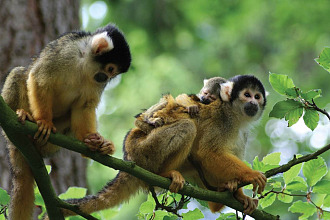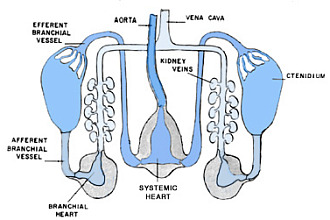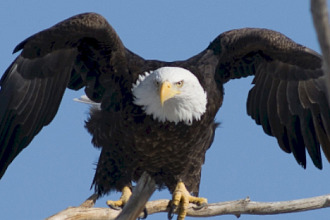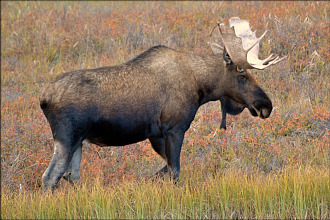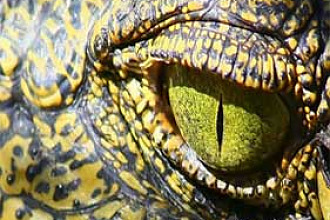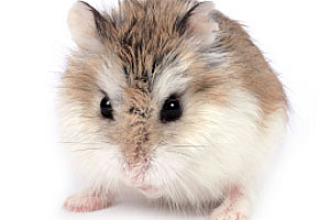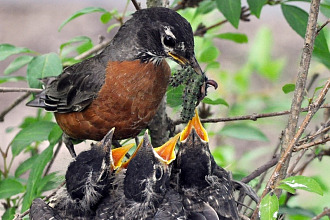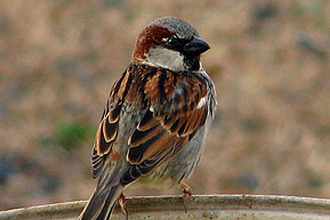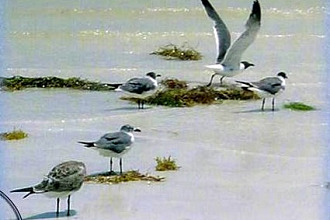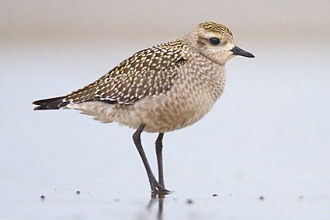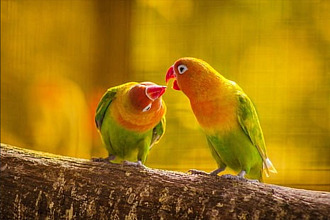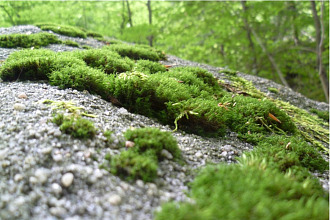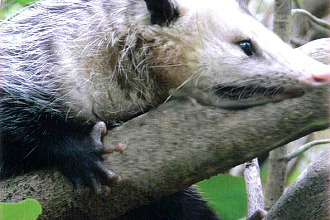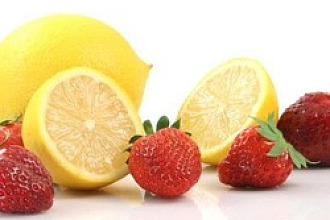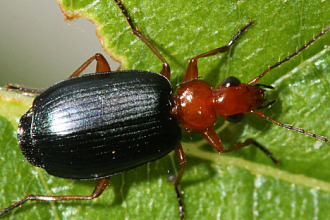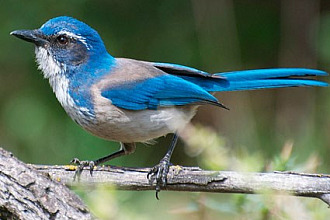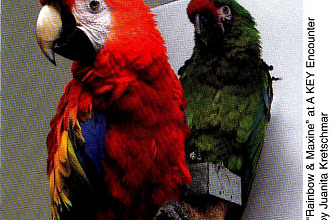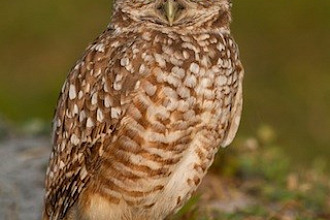It's not by accident time now—to learn a bit about a furry animal who was created to thrive on what is poison to most other creatures!
Almost everyone thinks that a koala is really cute with its furry body, bulbous nose and large ears. But if you call it "a really cute koala bear," you're wrong! Not that they aren't "cute" but they are NOT bears! They are actually marsupials (which are animals that carry their babies in a tummy pouch for a time after they are born). That is a not by accident warm gift given by the Designer of these "joeys." (That's how the Australians refer to these babies that are normally single-baby births.) They're only the size of a large jelly bean— a hairless and sightless baby without hearing-they don't even have ears when they're born! But they know right where to go through mama's thick fur with their strong limbs and claws. It wasn't a GPS that was implanted within them, but rather God-inspired navigation at work when they crawl directly into a comfy pocket that includes a choice of two nip¬ples, so the baby koala just latches on and starts drinking! And it won't go exploring outside that pouch for at least another 6 months! Now this pouch is different than a kangaroo's pocket. The koala pouch opens at the bottom—right to the mom's hind legs. But don't worry, that tiny baby doesn't fall out. Mama koala has a not-by-accident muscle at the bot¬tom of the pouch which she can tighten like a drawstring to hold her baby inside. There was good reason the pocket was designed to face downward. Mama koala goes exploring through eucalyptus trees, selecting the exact leaves she wants to eat. As mama crawls slowly along the branches, bits of leaves and twigs and other unwanted items would land inside the pocket if it were facing forward—but the Creator understood that and simply reversed its position! It was another not by accident wise decision—along with the gift of very thick fur that insulates against cold, heat and even rain—with extra padding right on the koala's rear end. That wasn't just to make it look more like a teddy bear to us, but these sweet animals sleep in the fork of a tree up to 20 hours a day—so they need that cushion for comfort!
Incidentally, the leaves of the eucalyptus are poisonous to most creatures, and although they are not particularly nourishing, it is the one main food of the koala as well as providing its source of liquid. Also, again not by accident, the Creator gave the koala a six-and-a-half-foot-long sac in between its intestines to slowly process those leaves and deal with the toxins. Planning way ahead, the Lord also supplied the baby koala with "pap" the consistency of mashed baby food which the mom excretes during the seventh to the twelfth months of her baby's life while the baby koala begins riding around on the mom's back or hanging on to her tummy. The pap is filled with special digestive aids that prepare the baby to be able to process the toxin-filled leaves of the eucalyptus which they soon start learning to eat on their own! As the first year of its life draws near the end, the baby no longer can fit into mama's pouch. But they still need milk and pap, so—not by accident—the mama koala's nipple (or teat) elongates to reach outside the pouch so that the growing-big baby can still drink needed nourishment!
Finally, when a little koala feels it is in danger, it gives a piercing cry that sounds like the cry of a human baby. And, like our Heavenly Father who hears and responds to our calls, other koalas hurry to be near the little one who perceives danger.
Our God, who declares we're precious to Him, leans close to be near us, too, when we're afraid and cry for help. And that is at any time in our lives, in any circumstance. He's listening for us, longing for us to enjoy His presence, His protection, His will.
"NOT BY ACCIDENT" (c) Juanita Kretschmar is used by permission and was first published in the book "Not By Accident 3 page2 20-21







